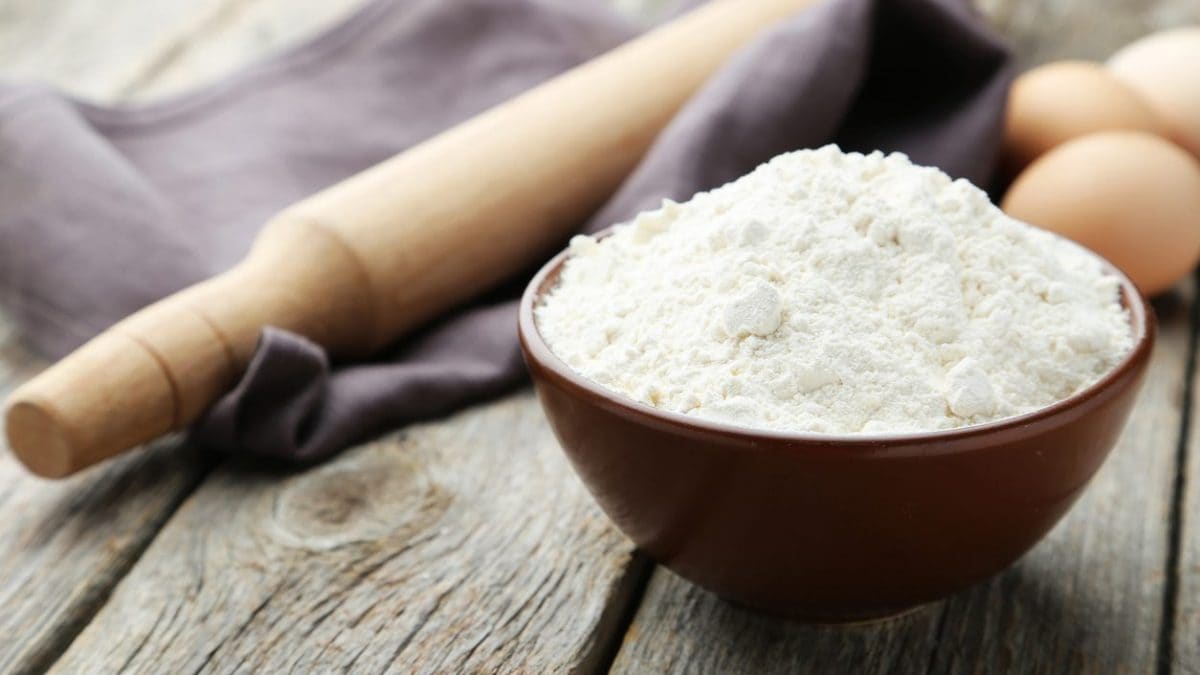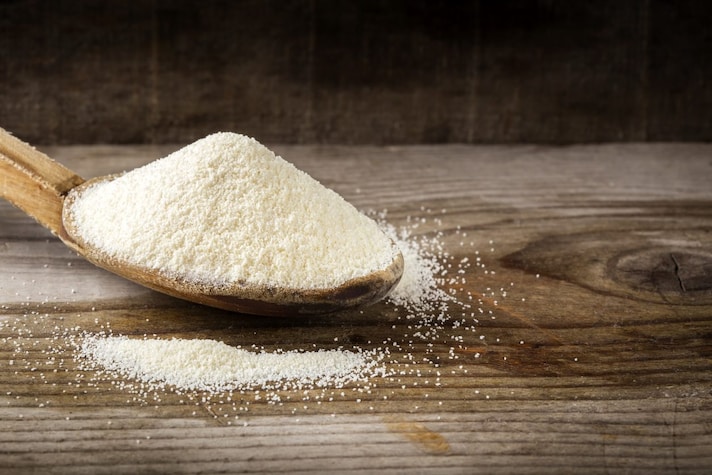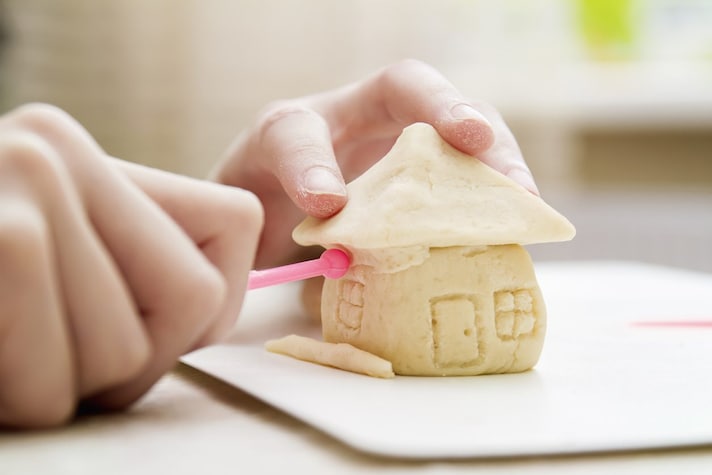
A basic ingredient in many recipes, flour is rarely missing from the pantry, as its versatility makes it ideal to always have on hand. It is used primarily to make homemade pasta and bread, but also for cakes and desserts in general: not to mention that it is also essential for preparing sauces, just think of the famous béchamel sauce. It is a product that has a long shelf life, and for this reason, it can happen that we "forget" about it for too long, only to find it expired. Before throwing it away, however, it is useful to know that when flour is no longer fresh – and therefore would not perform its functions in the kitchen – it can be used in alternative ways, which often (and willingly) coincide with natural remedies for household tasks ranging from cleaning to gardening to personal care. Let's discover them, from an anti-waste and ecological perspective.
When Does Flour Expire?
Before looking at the different uses for flour that's no longer suitable for recipes, let's understand when it expires. It's a shelf-stable food that doesn't spoil quickly but lasts a long time if stored properly. The packaging says "best before," which means it's still edible even after the date indicated has passed.
In general, flours last 12 to 18 months from packaging: whole-grain flours, which contain wheat germ, have a shorter shelf life than refined flours (such as 00), which undergo specific processing to keep longer. What should you do? If you discover that you have opened flour at home that's expired 3 to 6 months ago, the contents are still good: check that it hasn't changed color, that the smell isn't rancid, and that no lumps have formed.
In particular, if you notice any unwanted guests, such as the notorious butterfly worms, then it's best to throw everything in the garbage. If, however, the flour you have is more than six months past its expiration date (three for whole wheat) and is intact, it has probably lost its organoleptic and technological properties, with the risk that even expertly executed preparations may not yield the expected results, especially in leavened products and homemade pasta. And this is where other uses come into play.

Seven Ideas for Recycling Expired Flour
If, once expired, you can no longer rely on flour for bread, pasta, and cakes, here's how to give it new life in a useful and creative way.
1. Polishing Copper and Steel
If you frequently use natural kitchen cleaning methods, then you'll love this trick. Expired flour is an ideal way to polish copper or steel pots and pans. For the former, prepare a solution of flour, vinegar, and salt and spread it evenly over the surface: the consistency will be grainy. Rinse with warm water and your utensils will shine like new. For the latter, sprinkle the flour on a soft cloth and wipe the steel to remove stains and traces of moisture.
2. Homemade Soap
A tried-and-true eco-friendly combination is flour and Marseille soap: it's a green choice for laundry, rather than the common industrial detergents found at the grocery store. A very simple recipe involves grating a bar of Marseille soap into flakes and melting it in a saucepan with hot water; then add two tablespoons of flour for every kilogram of soap you want to make, turn off the heat and stir. You can also add an essential oil, such as lavender. While the mixture is still hot, pour it into special molds and let it solidify for 24 hours. Our tip? Protect your hands with a pair of gloves.
3. Home Beauty Treatments
When using natural ingredients to make masks, creams, or scrubs for body care, you always have to be careful, avoiding side effects rather than benefits: not necessarily serious, of course, but ineffective for skincare or hair health. Flour proves to be a good ally, because it lends itself to various types of beauty recipes along with coarse salt, plain yogurt, olive oil, and essential oils. What should you watch out for? For example, 00 flour is difficult to remove when wet, so don't use it if you want to make shampoo. It's also advisable not to use it on skin, especially facial skin, but to use more delicate flours like rice or oat flour, which prove unbeatable in this case.

4. Make Your Own Glue
If you're a fan of DIY and papier-mâché crafts, you probably already know that flour can be used to make a natural glue with a consistency similar to vinyl glue. This "flour glue" is very simple to make, taking precautions to avoid burning yourself. How do you make it? Bring a pot of water to a boil and gradually add the flour: continue stirring until you obtain a thick, lump-free mixture. Use it quickly, as it loses its strength within 24 hours.
5. Keep Ants Away
People often look for natural solutions to keep away more or less annoying insects. Flour can be useful when garden plants are infested with ants and you don't want to resort to chemicals that kill these unwelcome guests. Flour doesn't kill ants, but it disorients them, which is why they tend to stay away. Strategically placing small piles of it near passageways or around the anthill will deter ants from approaching, acting as a barrier.
6. Modeling Clay for Children
Who hasn't played with Play-Doh as a child? It's a modeling clay that stimulates imagination and creativity. The good news is that you can replicate it at home using only natural products, especially flour. Try this: mix two cups of flour, one cup of salt, two tablespoons of cream of tartar (if you want a softer consistency), two tablespoons of vegetable oil, and one and a half cups of warm water. Add some food coloring if desired, then knead until the mixture is smooth. If it's too sticky, add a little more flour; if it's too dry, add a little more water. Store the modeling clay in an airtight container so it doesn't come into contact with air and dry out.

7. Prevent Latex Irritation
We conclude with an alternative method that can be helpful for those with latex allergies who, therefore, have difficulty using traditional disposable gloves. Flour can prevent skin irritation: before putting on the gloves, sprinkle a little flour inside, shaking to distribute it evenly. This is also a great trick to consider for making the hand slide more easily inside the glove, reducing friction.
;Resize,width=767;)
